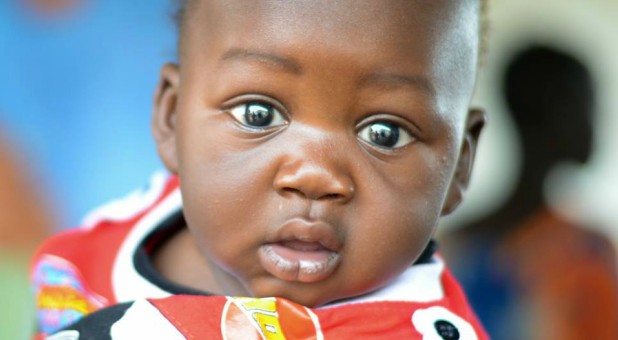Children Encounter Horrific Violence as They Search for Safety, Report Finds
All over the world, people are forced to flee their homes because of conflict, extreme poverty, drought or other crises. But while they search for safer places to raise their families, instead their children can be exposed to some of the worst types of violence.
“It’s confronting and deeply troubling that the search for safety itself is so dangerous for the children parents are trying to protect,” says Andrew Hassett, World Vision’s Senior Campaign Director.
In a new report released on World Refugee Day, today, World Vision finds very little funding and focus on the needs of refugee children and those displaced within their own countries. This, despite the increasing numbers and complexities of the problem.
“We’re witnessing the effects of displacement on children in South Sudan, Syria and Bangladesh, Latin America and many other places. Yet there are very few effective policies around the world that address the protection needs of these children who are on the move. Good policy is compromised for political purposes, and we are failing the most vulnerable children,” says Hassett.
On the Road to Somewhere: Why ending violence against children on the move is possible reports that in 2017, more than 28 million children were forced to flee their homes, and more than and 16 million of those were displaced by conflict and violence in their own countries.
“Our home was completely destroyed; my mother was killed and my brother was detained by one of the armed groups. They forced us to leave our village. We left immediately as we no longer had a home there,” said Ahmad, 14, from Syria.
“Too many families like Ahmad’s are forced to make a bad or worse choice. Their stories are hard but so important to hear,” says Hassett.
“Yet so many of those we work with tell us they have hope.”
“I used to think that I couldn’t play or laugh, but now I’m convinced that I can,” said Lamia, a 15-year-old Syrian refugee in Jordan who attends a World Vision Child-Friendly Space. “Now I understand that at my age, that is what I should be doing.”
The report draws on World Vision’s experience to highlight five critical elements to ending violence against children on the move:
- Creating safe environments,
- Strengthening child protection systems,
- Ensuring safe access to education,
- Challenging attitudes, norms and behaviors that allow violence against children to continue
- Empowering children as agents of peace
“Ending violence against children on the move is possible, but we know it starts with seeing children as children first, regardless of their status.”














































